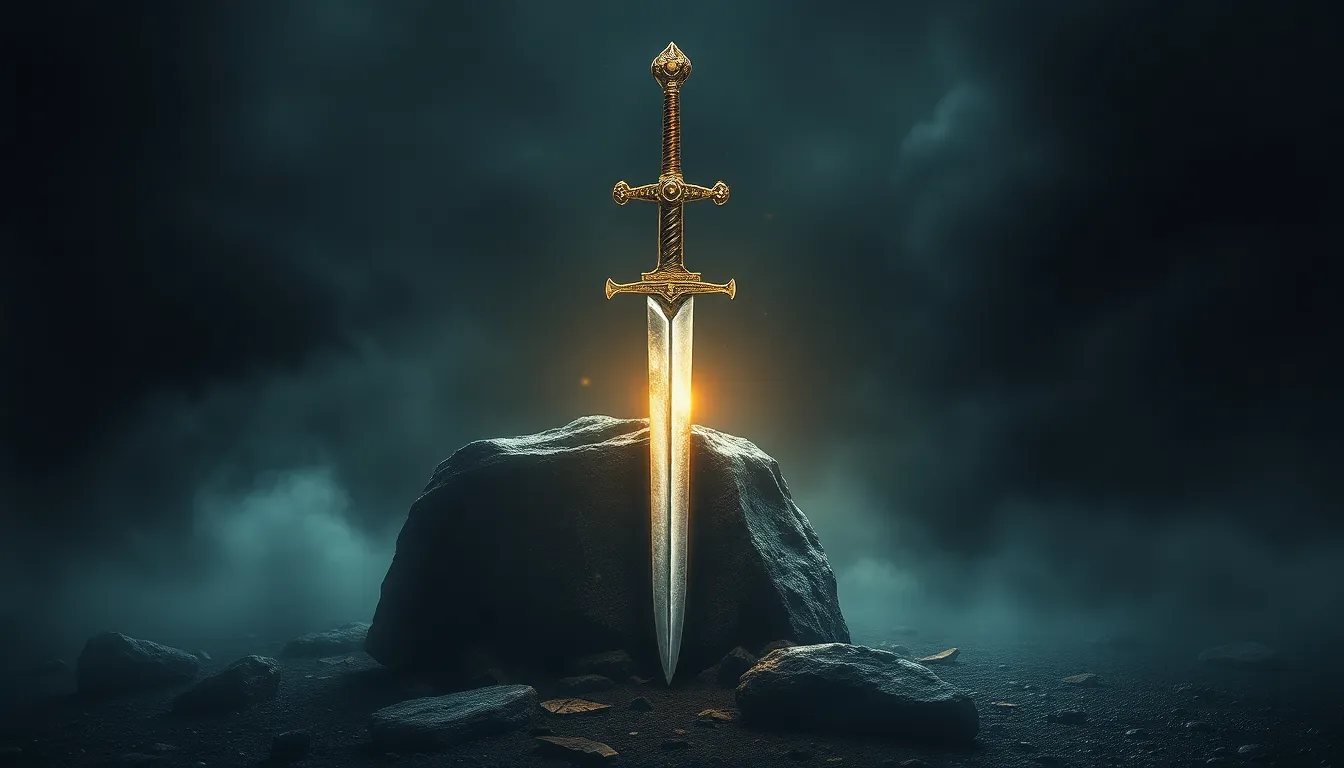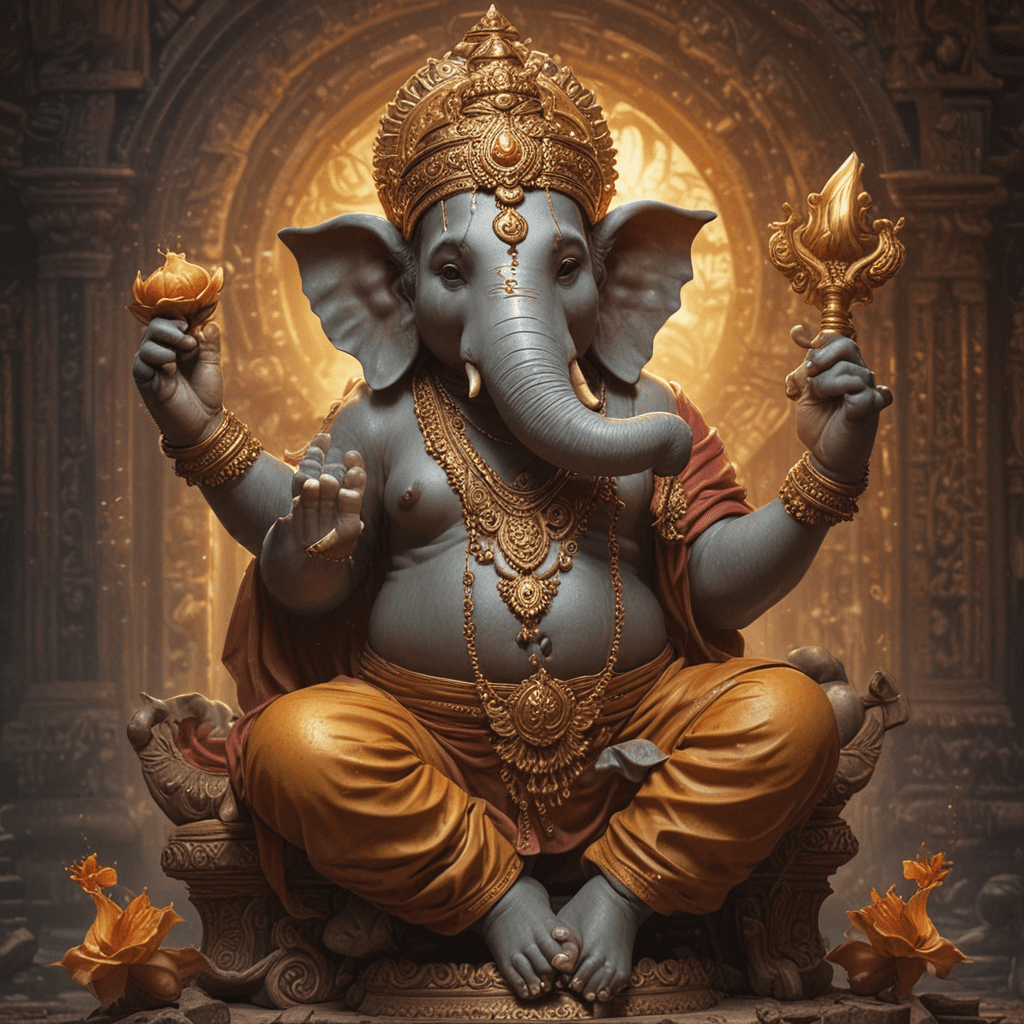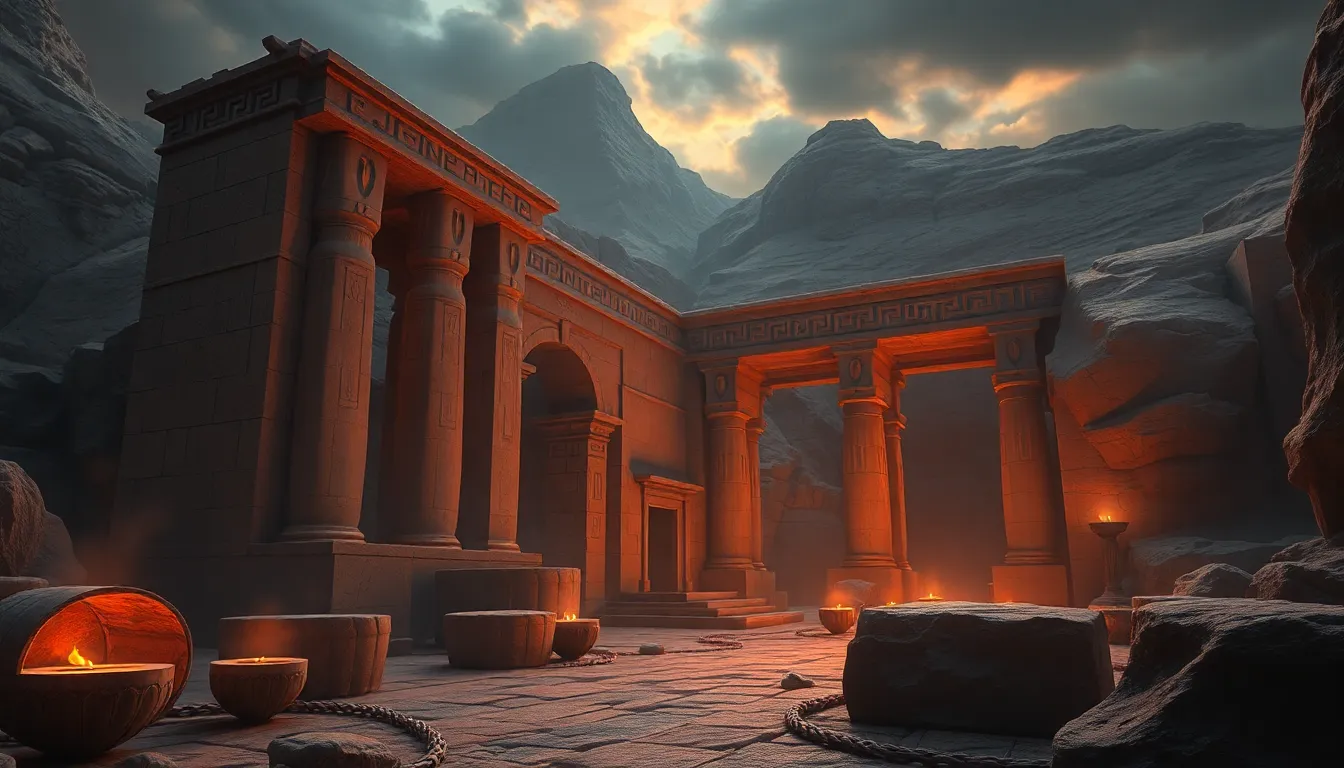The Sword and the Stone: The Myth Behind Excalibur
Introduction to Excalibur: The Legendary Sword
Excalibur is not merely a sword; it is a symbol of power, authority, and the rightful sovereignty of Britain in Arthurian legend. This legendary sword is intrinsically linked to the tale of King Arthur, the once and future king, who is said to have wielded it during his reign. Central to this myth is the concept of the Sword in the Stone, which serves as a pivotal moment in Arthur’s ascent to kingship. The act of pulling the sword from the stone signifies not only his right to rule but also the divine endorsement of his kingship.
Historical Roots of the Myth
The origins of the Sword in the Stone myth can be traced back to early medieval literature and folklore, with roots deep in Celtic mythology. The story may have evolved from various ancient tales and heroic legends that celebrated the virtues of leadership, bravery, and destiny. The notion of a magical sword linked to the rightful king is a recurring theme across cultures, indicating a universal archetype for leadership and legitimacy.
In particular, the Celtic stories often emphasize the connection between the land and its ruler, suggesting that the health of the kingdom is directly tied to the king’s virtue and worthiness.
The Sword and the Stone: Plot Summary
The tale of the Sword in the Stone unfolds in a time of chaos and uncertainty for Britain, following the death of King Uther Pendragon. With no clear successor, a magical sword appears embedded in a stone, proclaiming that whoever can pull it out is the rightful king. Many knights and nobles attempt to claim the sword but fail. It is young Arthur, still unaware of his royal lineage, who ultimately succeeds in drawing the sword from the stone.
Key characters in this legend include:
- Arthur: The protagonist who becomes the king by pulling the sword from the stone.
- Merlin: The wise wizard who guides and mentors Arthur throughout his journey.
- Uther Pendragon: Arthur’s father, whose death sets the stage for the kingdom’s turmoil.
- Various knights and lords: They represent the old order and the struggle for power.
Symbolism of the Sword in the Stone
The Sword in the Stone is rich in symbolism, representing:
- Destiny: Arthur’s ability to pull the sword signifies that he is destined to be king.
- Leadership: The sword symbolizes the qualities of a true leader—strength, virtue, and honor.
- Divine Right: The act of drawing the sword is viewed as a divine endorsement of Arthur’s claim to the throne.
The themes embedded in this tale resonate with audiences, emphasizing the importance of rightful leadership and the burdens that come with power.
Excalibur vs. The Sword in the Stone: Are They the Same?
While many conflate Excalibur with the Sword in the Stone, they are distinct entities in Arthurian lore. Excalibur, often depicted as a sword of unparalleled power, is sometimes said to be given to Arthur by the Lady of the Lake, rather than drawn from the stone. The Sword in the Stone represents the legitimacy of kingship, while Excalibur embodies the might and magical prowess associated with that kingship.
Different texts illustrate these swords in various ways:
- Sir Thomas Malory’s “Le Morte d’Arthur”: This work presents both swords but emphasizes Excalibur’s magical properties.
- T.H. White’s “The Once and Future King”: This retelling intertwines the two swords while focusing on Arthur’s development as a leader.
Literary Evolution of the Excalibur Myth
The story of Excalibur has undergone significant transformations over the centuries. From early oral traditions to written narratives, the myth has been shaped by various authors:
- Geoffrey of Monmouth: His work popularized Arthurian legends in the 12th century.
- Sir Thomas Malory: His compilation of Arthurian tales solidified many aspects of the Excalibur legend.
- T.H. White: His 20th-century retelling introduced modern themes and character development.
Each author brought their interpretation, enriching the tapestry of Arthurian legend and ensuring its ongoing relevance.
Cultural Impact and Modern Interpretations
Excalibur’s influence extends beyond literature into contemporary culture, inspiring films, television series, and art. Notable examples include:
- Films: Movies like “Excalibur” (1981) and Disney’s “The Sword in the Stone” (1963) have brought the legend to new audiences.
- Television: Series such as “Merlin” and “The Once and Future King” explore the myth from different perspectives.
- Literature: Modern novels continue to reinterpret the Arthurian legend, weaving in contemporary issues.
The Search for Historical Truth: Did Excalibur Exist?
The quest for historical truth regarding King Arthur and Excalibur remains a topic of debate among historians. While archaeological findings have uncovered artifacts that hint at a rich history in Britain, concrete evidence linking these to Arthur is scarce. The following points summarize the current perspectives:
- Some historians argue Arthur may have been based on a real leader from the 5th or 6th century.
- Others view Arthur as a purely mythical figure, a collection of various legends and heroic tales.
- Artifacts like the “Arthur’s Stone” and other sites fuel speculation about the historical basis for the legends.
Lessons from the Legend of Excalibur
The story of Excalibur and the Sword in the Stone imparts valuable lessons about leadership, courage, and the moral responsibilities that come with power. Key insights include:
- True leadership is earned: Arthur’s journey reflects the notion that legitimacy comes from virtue and capability.
- Courage in adversity: The challenges faced by Arthur highlight the importance of perseverance and bravery.
- Responsibility towards the people: A true king must prioritize the welfare of his kingdom over personal desires.
Conclusion: The Enduring Legacy of Excalibur
The legend of Excalibur and the Sword in the Stone endures through the ages, captivating the imagination of generations. Its themes of destiny, leadership, and the moral weight of power resonate in today’s society, reminding us of the timeless struggle between chaos and order. As we continue to explore and reinterpret these myths, Excalibur remains a beacon of inspiration, embodying the ideals of heroism and nobility that are relevant in every era.



